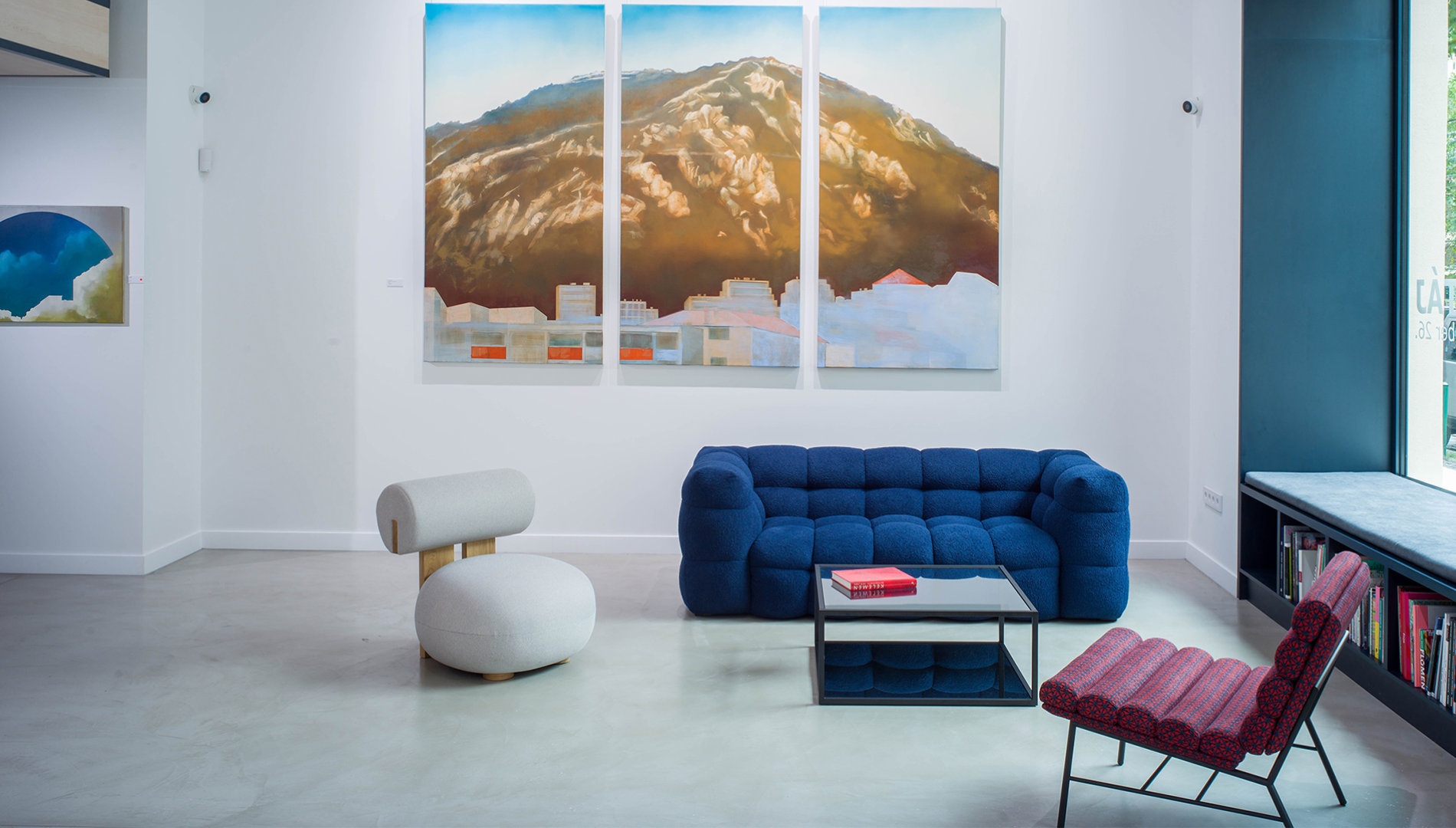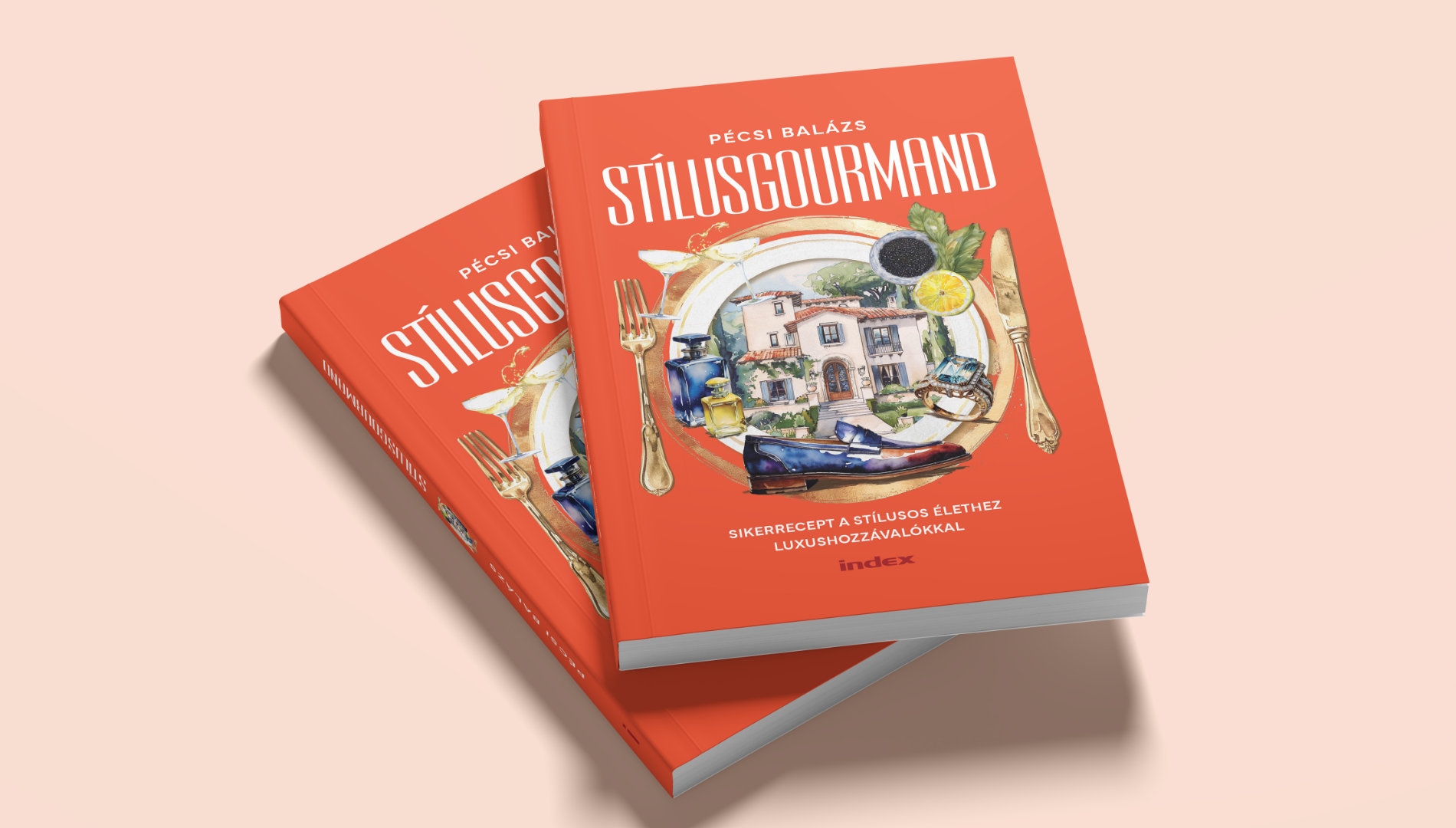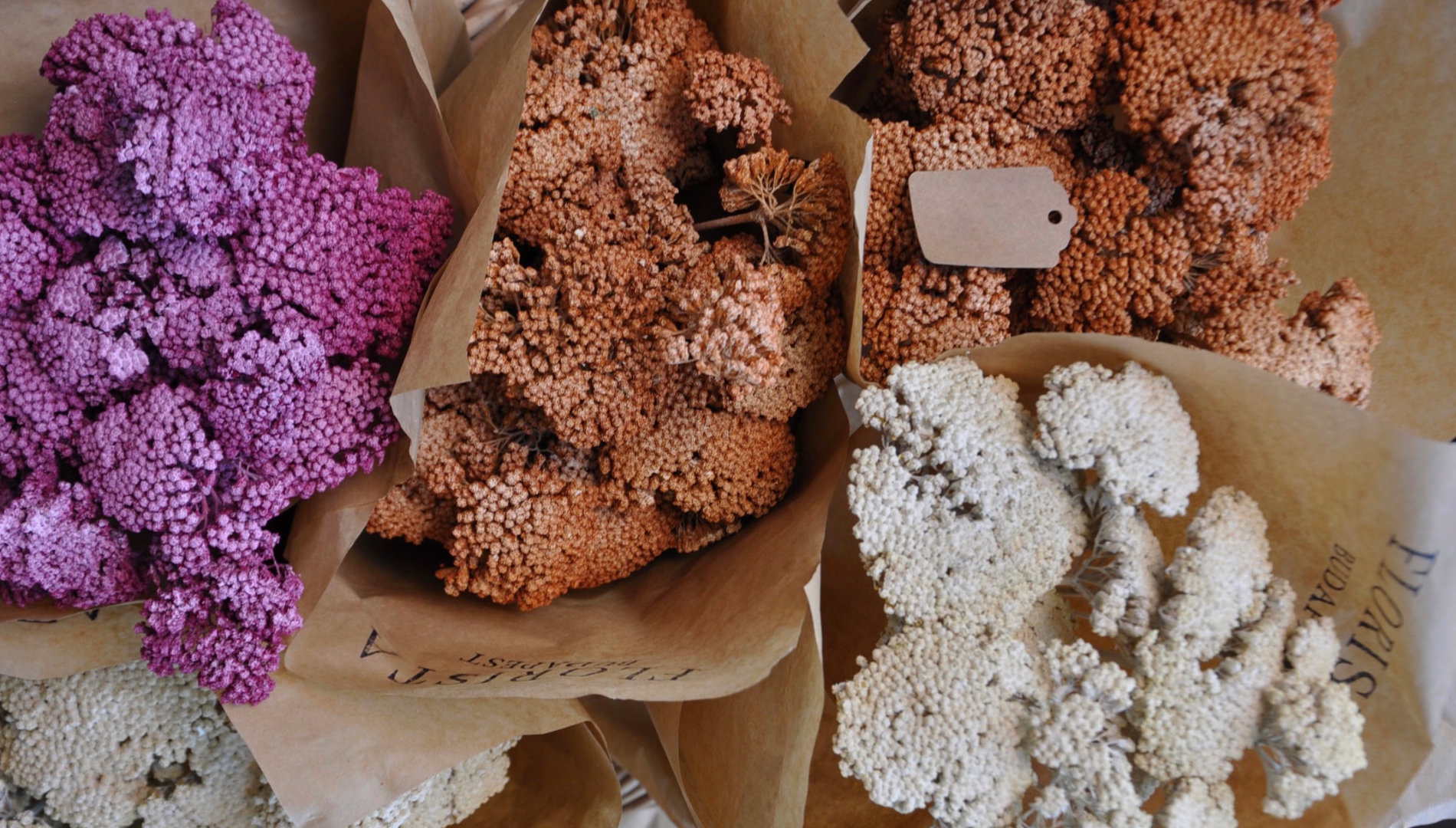
“A virág szeretete hajt”
A shop has recently been revitalized at 27 Radnóti Miklós Street in Újlipótváros.
On the corner, a refined, cozy, and inviting space welcomes us with splendid, fresh flowers, charming bouquets with a natural feel, and even a wreath woven from the leaves of a fallen birch tree hanging on the wall. Kati Henrik and Andi Zala have been friends for decades, and after their individual successes, they decided last year to realize their shared dream: to open a flower shop. Kati is a master florist, while Andi left behind a successful career in interior design to pursue her passion for plants and flowers.
This year at S/ALON BUDAPEST, Andi and Kati are preparing a fairytale-like composition — actually set in a bathtub — for the Glamour stand, embodying timeless elegance. On this occasion, we sat down with them to talk about their journey to becoming florists and their experiences so far. Join us!
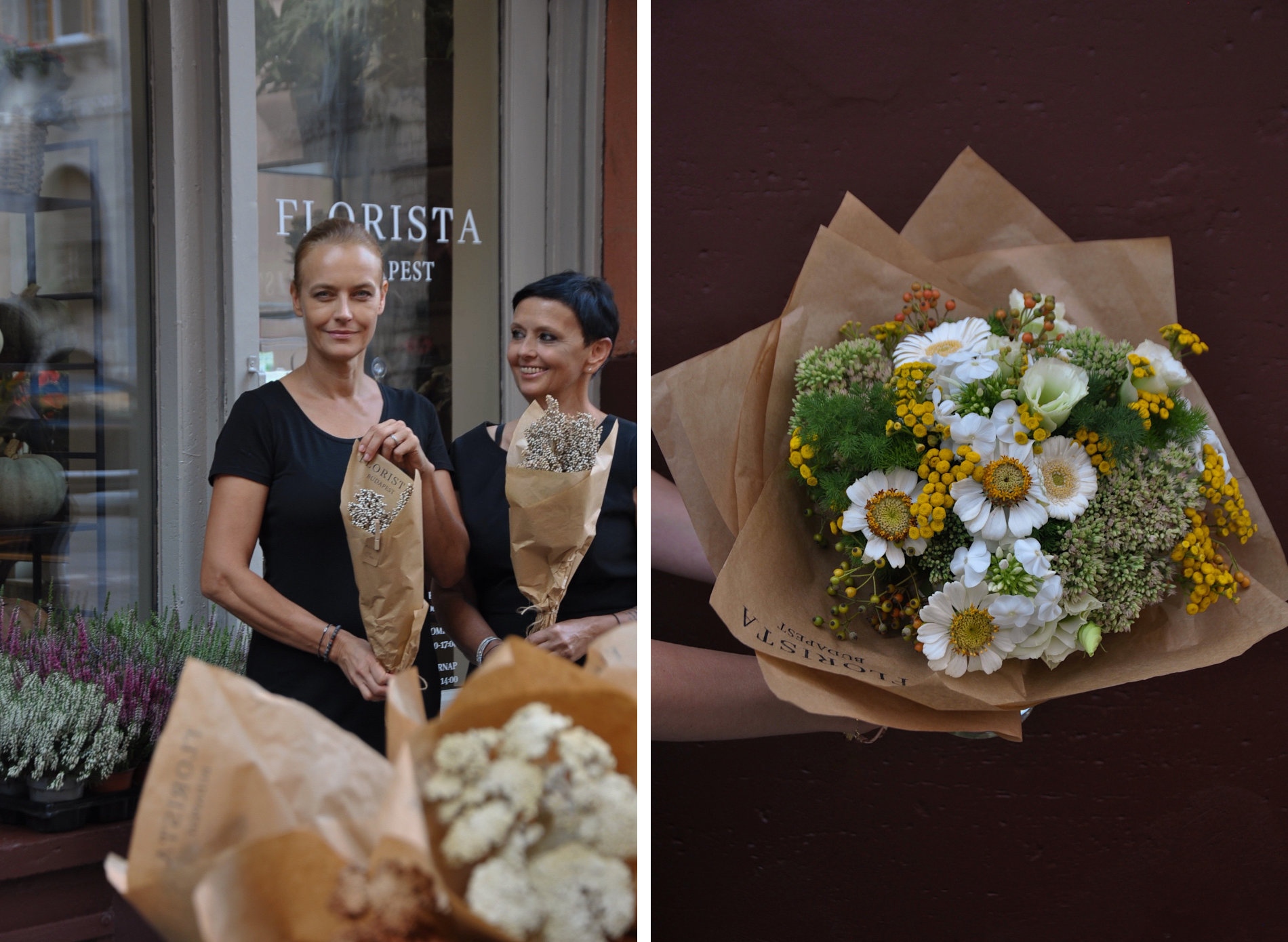
How did you get to the opening of Florista Budapest?
Kati: I was five years old when my mom said she would love for me to become a florist. Andi and I went to the same high school. When she visited my home, she saw that my mother was a creative interior designer.
Andi: That’s right, Kati’s mother was my inspiration and the first significant role model who guided me toward my original profession, interior architecture and design.
Kati: After high school, we met up more or less frequently. Andi had a very successful career as a designer, while I ran my own flower shop in Százhalombatta for 25 years. My mother and I started the shop when one of my sons started first grade, 28 years ago. My mom worked with many creative people at Pannónia Film Studio, which was once one of the largest animation and dubbing studios in the world. When I was eight, she enrolled me in the GYIK Workshop for Children and Youth in the Castle District, led by the sculptor Árpád Szabados. It was a really cool place. Uncle Árpi brought a 20-kilogram sack of plaster, explained how to harden it, talked about the technique for 20 minutes, and then we kids got to work, creating art with scraps of paper, leaves, and all sorts of materials. After four or five hours, they came back, and we had to explain our creations. I did this until I was 14, and that’s where my creative foundations came from. I started working with flowers at the age of 25. I ran my own shop for 28 years, but after that, I felt it was enough. I decided to lay down the burden, sell my shop, and go work somewhere else. And that’s what I did—it took a year.
Andi: From 2002 to 2016, I worked as an interior designer in a team, and then I continued on my own until practically last year. I always asked Kati to take me to the flower market because I’m crazy about flowers and gardens. I’m an avid gardener myself. The love for plants and flowers has always been there, and I often mentioned to Kati that we should open a lovely little flower shop together. I was also very inspired when my daughter realized her dream three years ago by opening her own café, Fanka. She helps us with photography and social media for Florista as well.
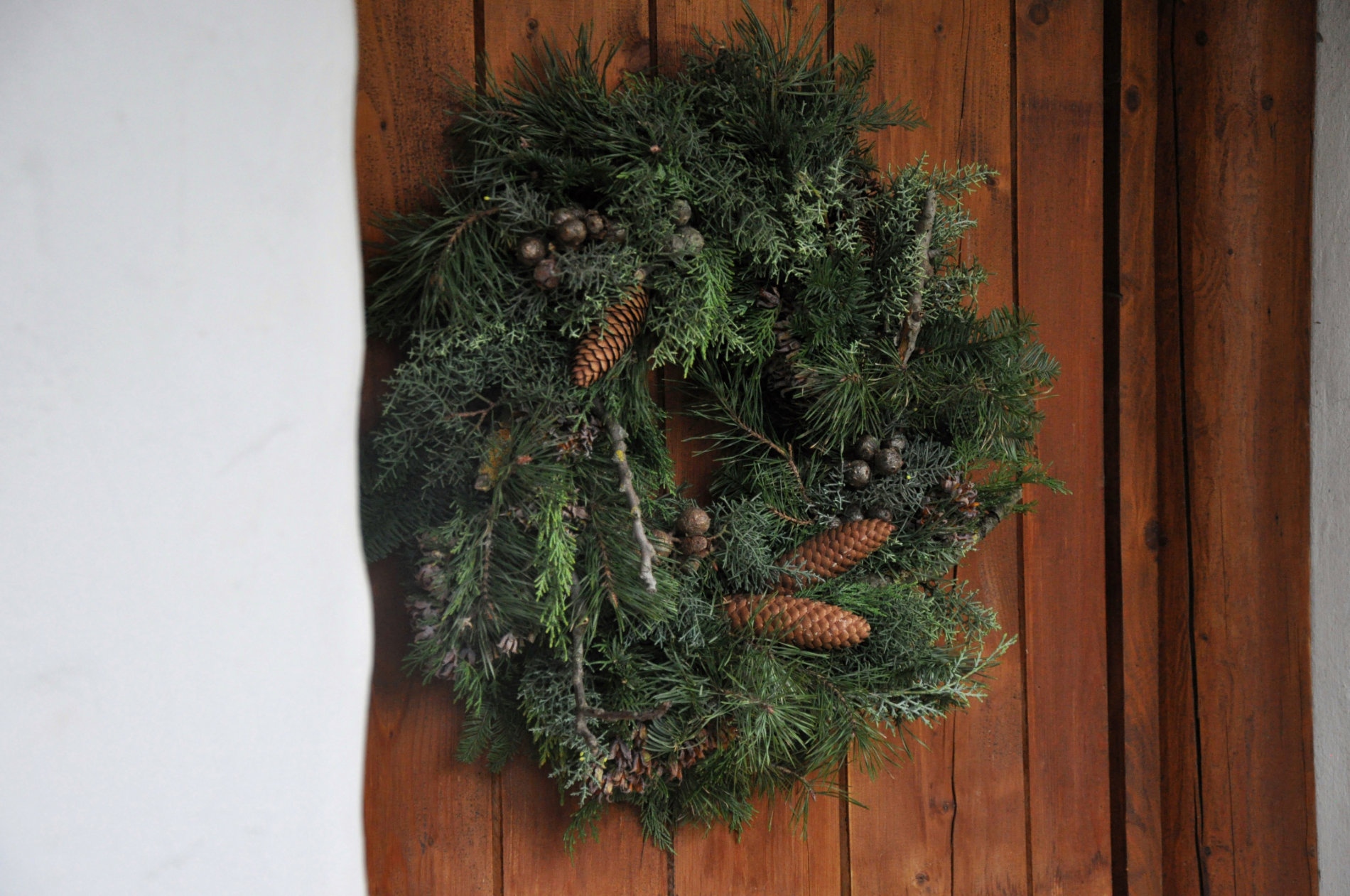
Kati: Andi said to me, "Katikám, let’s make an Advent wreath already!" So last autumn, around the end of October, we got together in her garden and made a few huge ones. It quickly became clear that our shared style leans towards simplicity, elegance, and natural designs. Even though both of us are capable of executing more complex technical tasks, we always find ourselves returning to this approach.
It’s like picking something up from a field that’s simply beautiful.
Why Újlipótváros?
Andi: When we decided to go for it, we started walking around and searching throughout Budapest. But we always ended up back here, at this shop. There’s something about this neighborhood that kept drawing us back. After a month, we decided not to risk someone else taking the shop, so we rented it and began renovations. We wrote on a piece of wrapping paper what was coming soon. On the day we opened, at 8:05 a.m., the locals were already here waiting for us. Since then, they’ve kept coming back, and all the neighbors have been thanking us for opening the shop. This community is incredible—everyone, from 3-year-olds to 80-year-olds, is so kind. They give us advice, offer help, and we’re so grateful to be in a place where people are so welcoming and happy to have us here.
The atmosphere was different here. Our intuition proved to be right.
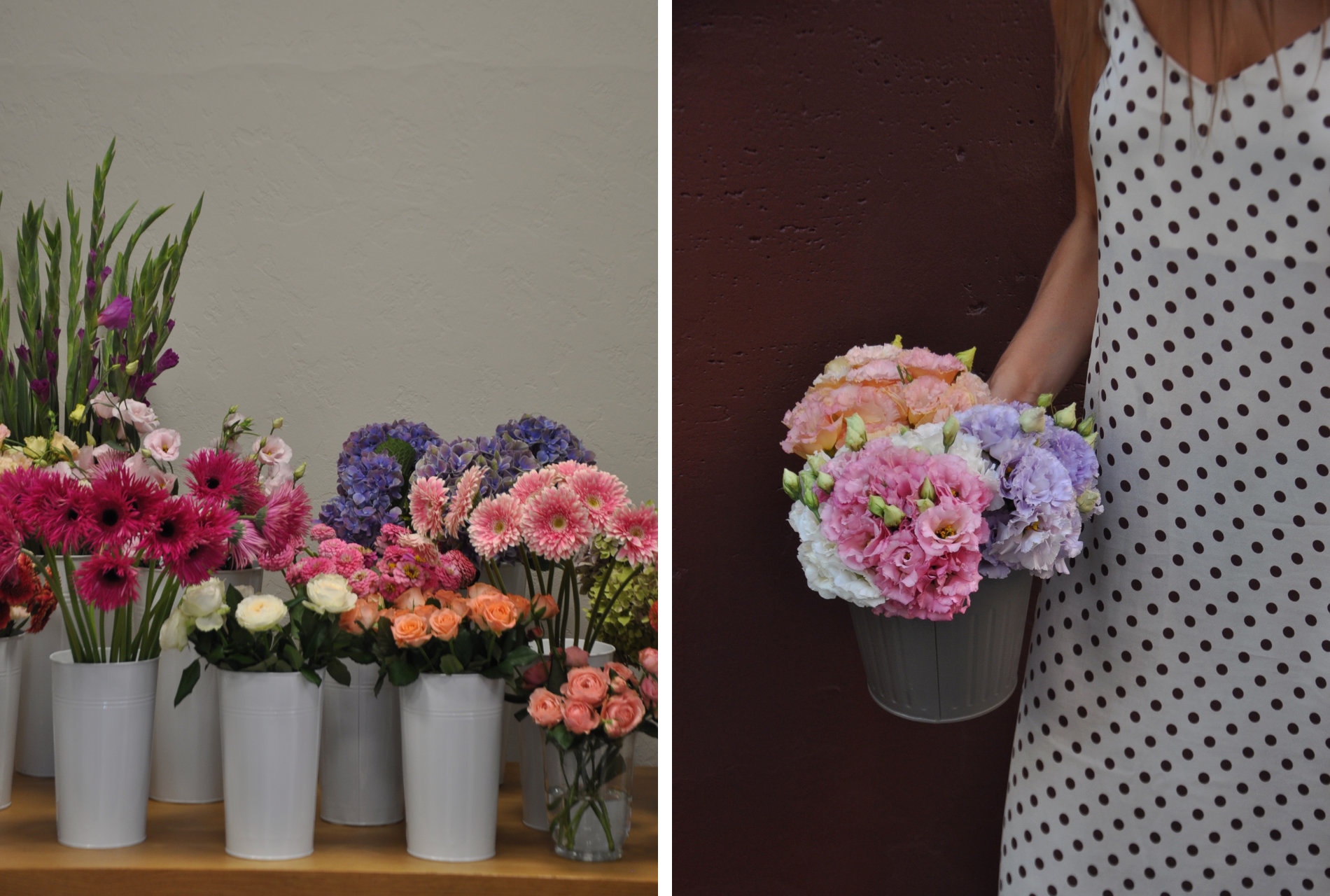
What do your customers ask for?
Andi: Generally, they ask for colors—a red bouquet, a purple bouquet, things like that. People typically buy flowers for themselves, for their homes.
Kati: Fortunately, we get to create what we love. About 95% of our customers take home what we’ve made. We want our customers to carry away a beautiful feeling that makes them feel good in their homes. We can definitely make extravagant, exotic bouquets for anyone, but that’s not what we’re drawn to. Our hearts lean towards more understated, natural flowers. In this neighborhood, people love lots of flowers, but they prefer simpler varieties. Even though we brought in large hydrangeas and extra giant-headed roses, they ask for gladiolus instead—every day!
A florist, just like furniture designers and interior decorators, has the task of shaping people’s tastes and developing their aesthetic sense.
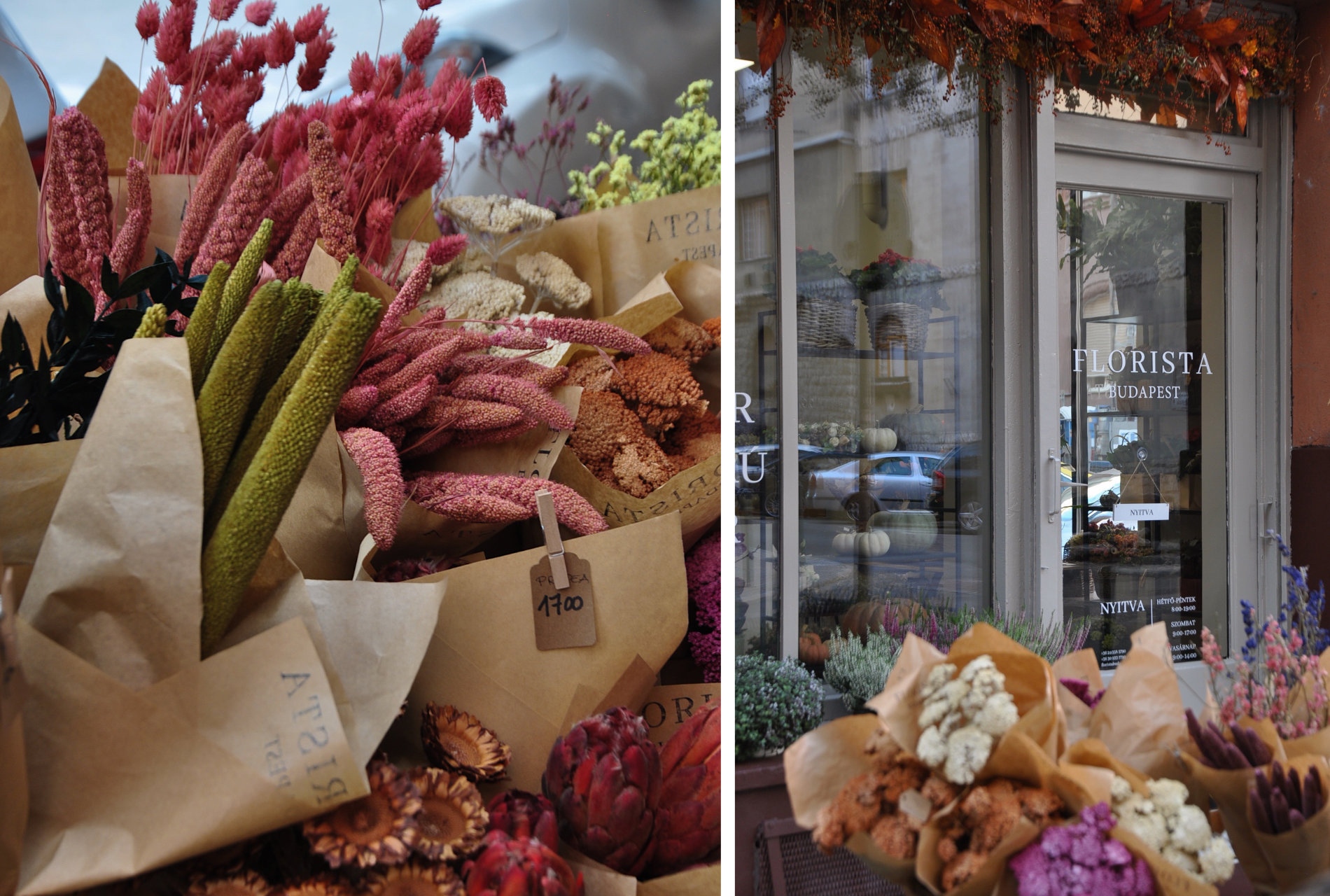
What are your favorites?
Andi: I love the popular garden flowers right now, like dahlias, verbena, campanula, and sea holly. Even a eucalyptus can be very striking on its own. Honestly, every flower is my favorite as long as there’s a bunch of them. But I’m also in awe of Kati’s bouquets.
Kati: I adore colorful wildflowers, meadow flowers, and chamomile. Fortunately, today’s wildflowers and meadow blooms aren’t like they were 15 years ago; the cultivation techniques have improved so much that we’re happy to bring them in and offer them to our customers because they last much longer than before. In our Messenger chats, about 5,000 images bounce back and forth between us daily. I keep an eye on the florists I know, love, and follow, while Andi focuses on trends. We find inspiration everywhere.
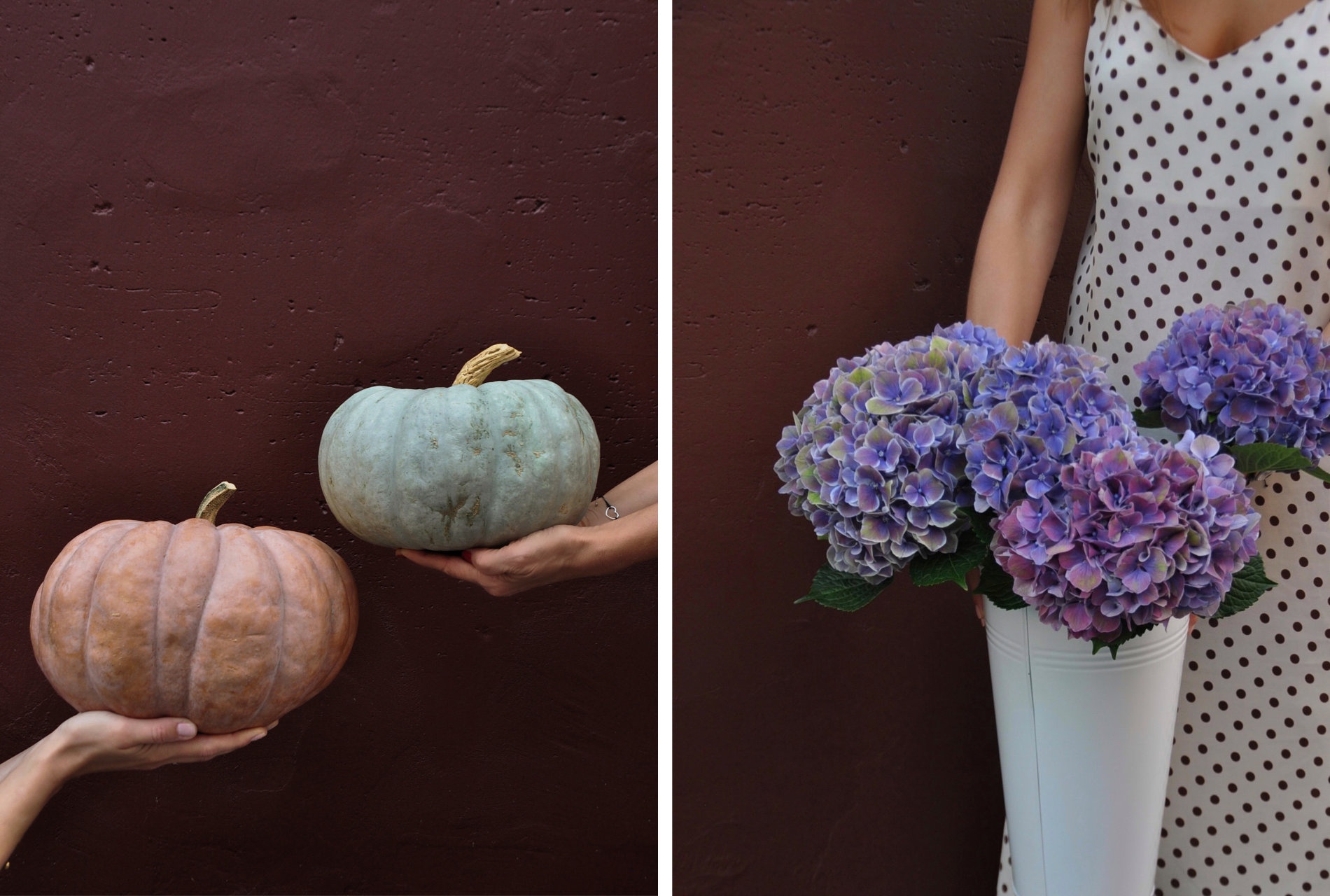
How does someone become a florist?
Kati: You need to learn the technique, but the essence is in the taste. For Andi, it will take half the time to learn flower arranging because of her affinity, eye for beauty, aesthetic sense, and professional design background. I believe it’s about 80% taste and 20% technique, but that technique requires several years of dedicated work. Three-month crash courses aren’t very effective. You need to master the basics and find an experienced professional to learn from. If someone is only casually interested, videos might be enough, but the foundation is always learning.
Discover the unique world of Florista Budapest from September 20-22 at the Budapest Arena—look for their special compositions in the Glamour interior! On Facebook and Instagram, we’ll be sharing inspiring content and useful information before, during, and after the event.

